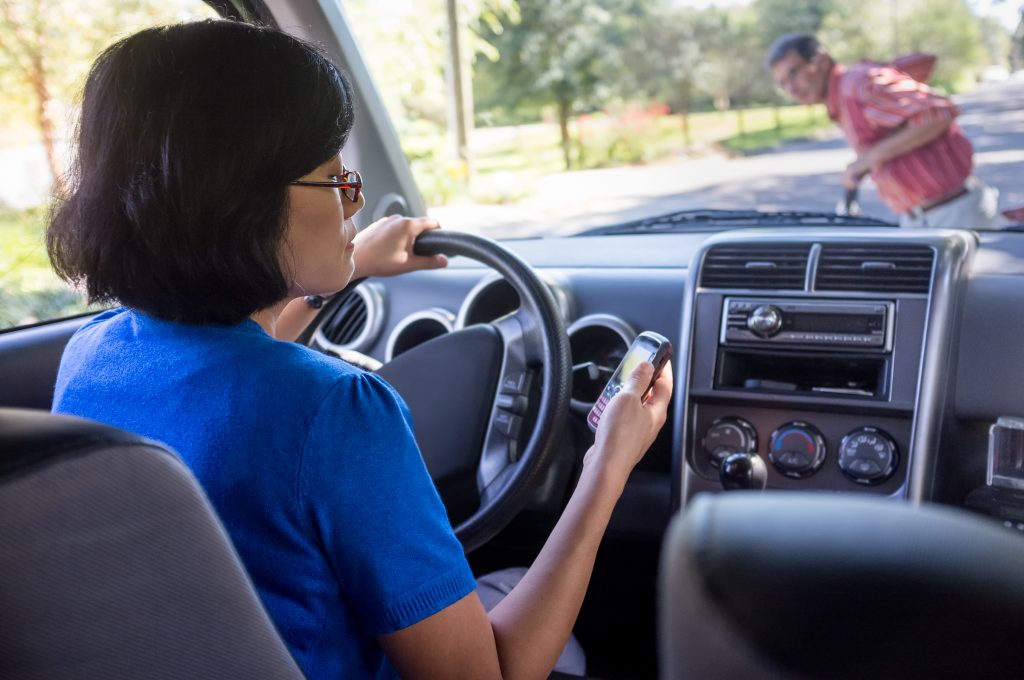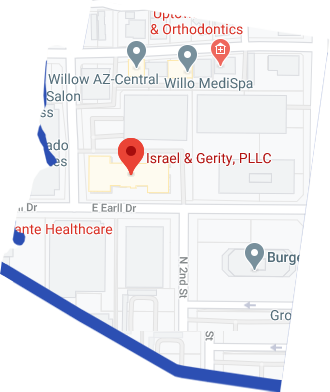Approximately a third of car accidents that happened in the course of 2013 were rear-end accidents. The National Highway Traffic Safety Administration reports that in a large number of rear-end accidents, the driver never tried to brake before his car became involved in the crash. A personal injury lawyer knows that many people through Phoenix, Glendale, Scottsdale, Tempe, Mesa, Litchfield Park, Goodyear, Sun City and surrounding areas are at risk of rear-end accidents if they are fatigued or impaired behind the wheel, or if they are distracted by cell phones or other electronic devices while driving.
There are currently technologies available that could significantly reduce the chances that rear-end accidents would occur, and that could reduce the severity when accidents do happen. However, the question is: what do these technologies cost and will motorists pay to have them installed in their vehicles?
What is the Cost of Preventing Rear-End Accidents?
The Washington Post recently took a close look at some of the benefits of installing rear-end accident prevention systems, and also evaluated what these systems are likely to cost consumers.
Rear-end accident prevention systems generally consist of a component that is able to detect when an accident is about to occur. This component may incorporate a camera, a radar system or both. The system works by detecting when an object like a lead vehicle is about to be hit. The system then alerts the driver to give the driver a chance to brake. If the driver does not brake, then an automatic braking system can activate and the car can brake on its own.
Volvo made this type of automatic braking system a standard feature back in 2008, incorporating rear-end crash prevention technology in many vehicles. After Volvo made this choice, there was a 20 percent reduction in crashes reported by drivers of the Volvo CX60 compared with similar vehicles.
A recent study conducted by the Insurance Institute for Highway Safety also found that rear-end accident prevention systems had a real and measurable impact. Overall, in vehicles with automatic braking systems installed, there was a four percent decline in motor vehicle accident claims. The reduction in bodily injury liability claims was much bigger: there was a 40 percent decline in people claiming injuries after rear-end accidents. This could be because the systems are able to brake, or alert the drivers to brake, and the car is thus able to be slowed down before the accident happens. The reduced force of the impact means fewer serious and potentially fatal injuries.
Although there are clear benefits to having a rear-end accident prevention system, only around 27 percent of 2015 cars have these automatic braking systems as an option for consumers. A part of the reason is cost.
While a Carnegie Melon professor suggests that the parts to construct a system are only around $700 to $800, consumers could pay an extra $2,000 to $3,000 because of the markup. Still, the added up front costs can increase safety and could be offset by lower insurance premiums in the future.
Contact a Phoenix accident attorney at Israel & Gerity after your accident. Call 888-900-3667 or visit https://www.ig-law.com to schedule your free consultation. Serving Phoenix, Glendale, Scottsdale, Tempe, Mesa, Litchfield Park, Goodyear, Sun City and surrounding areas.





